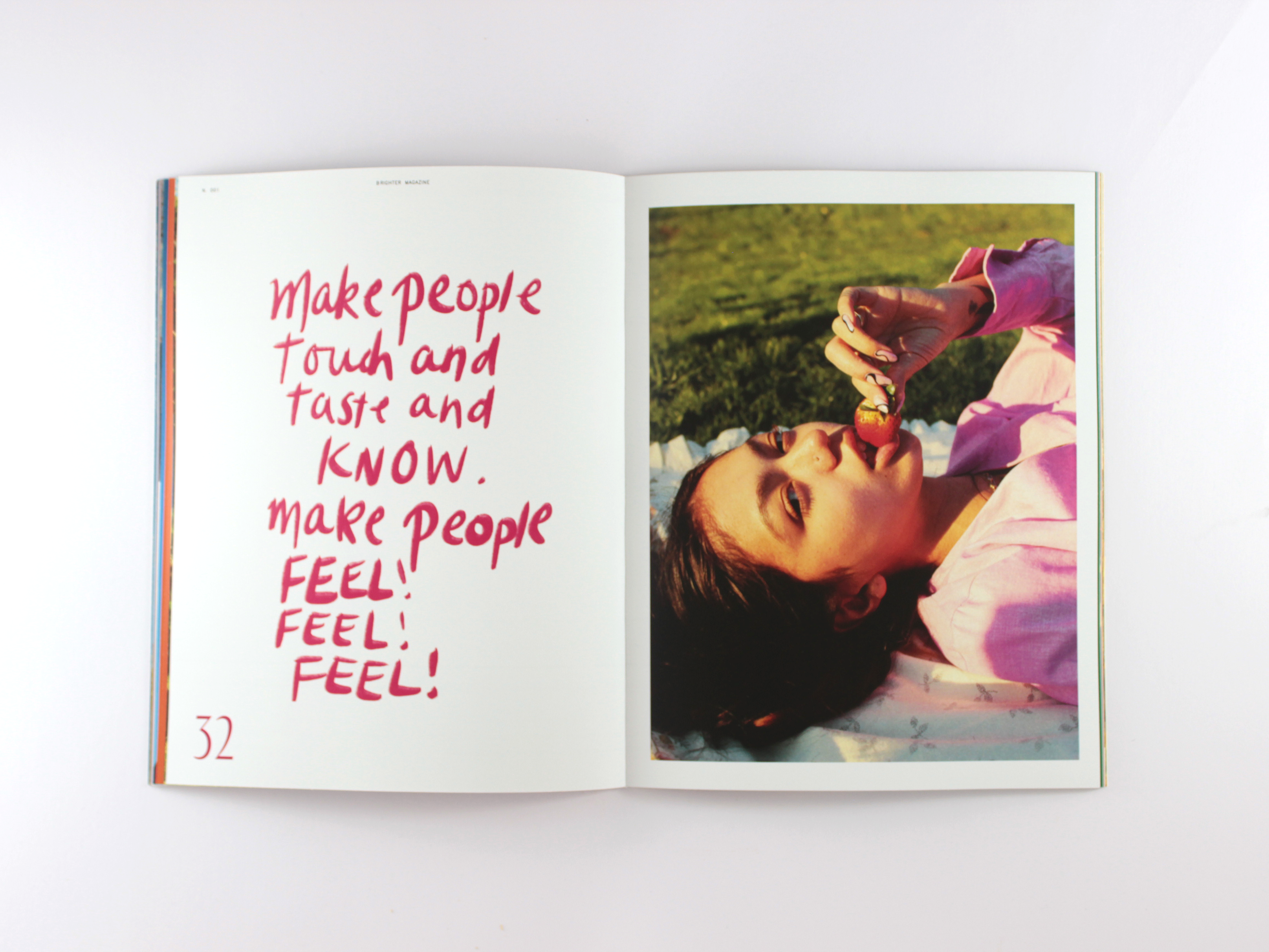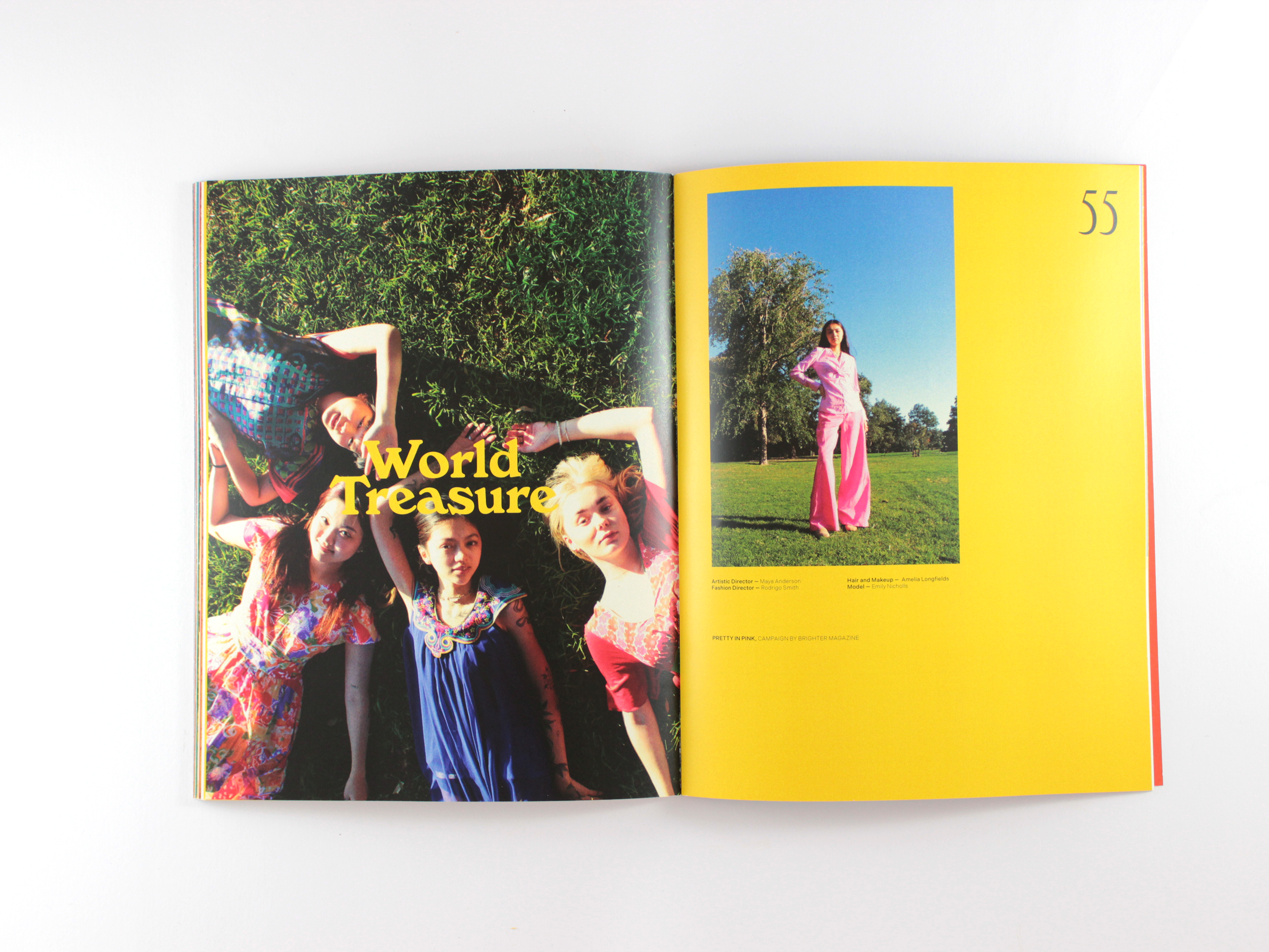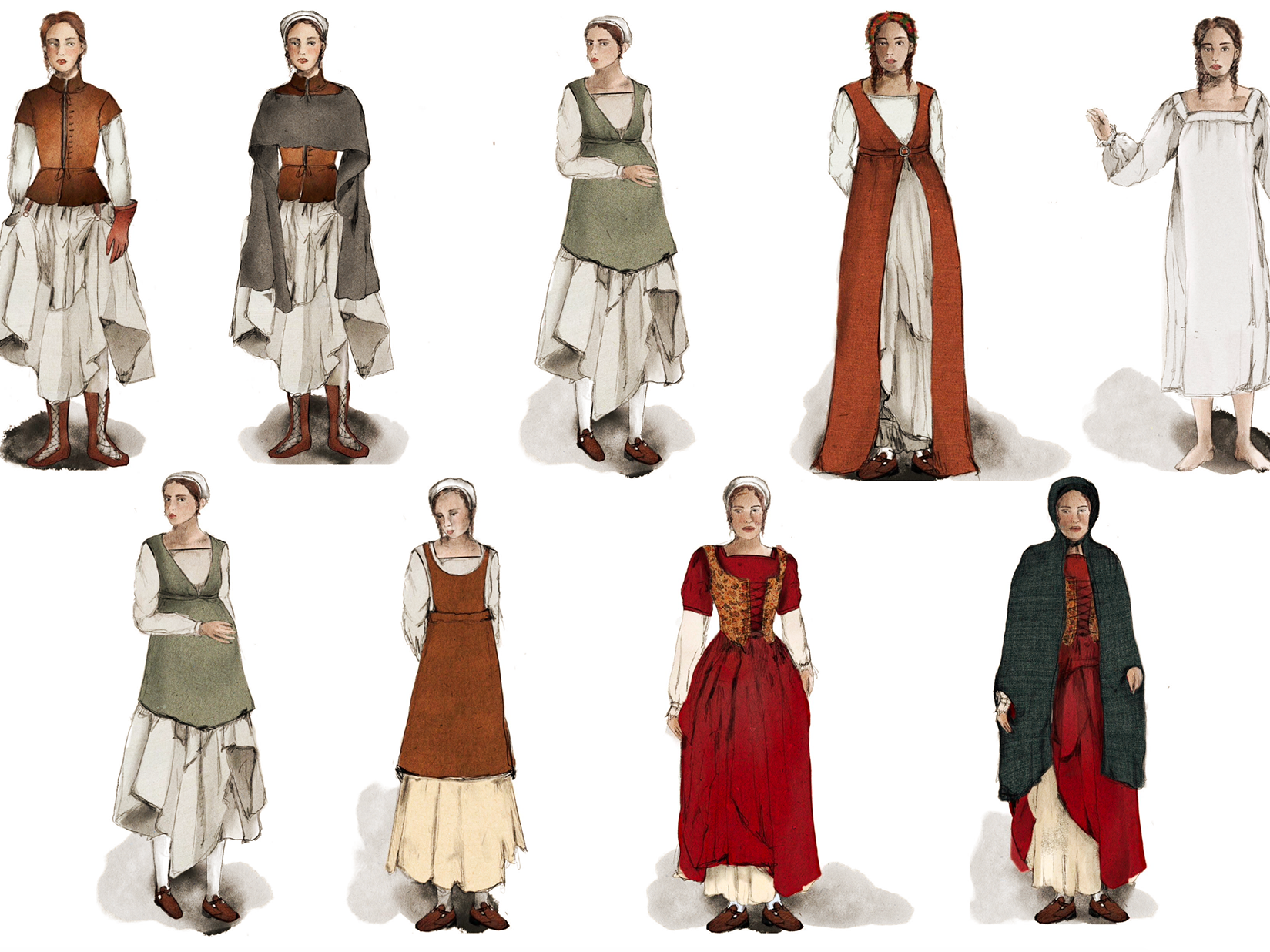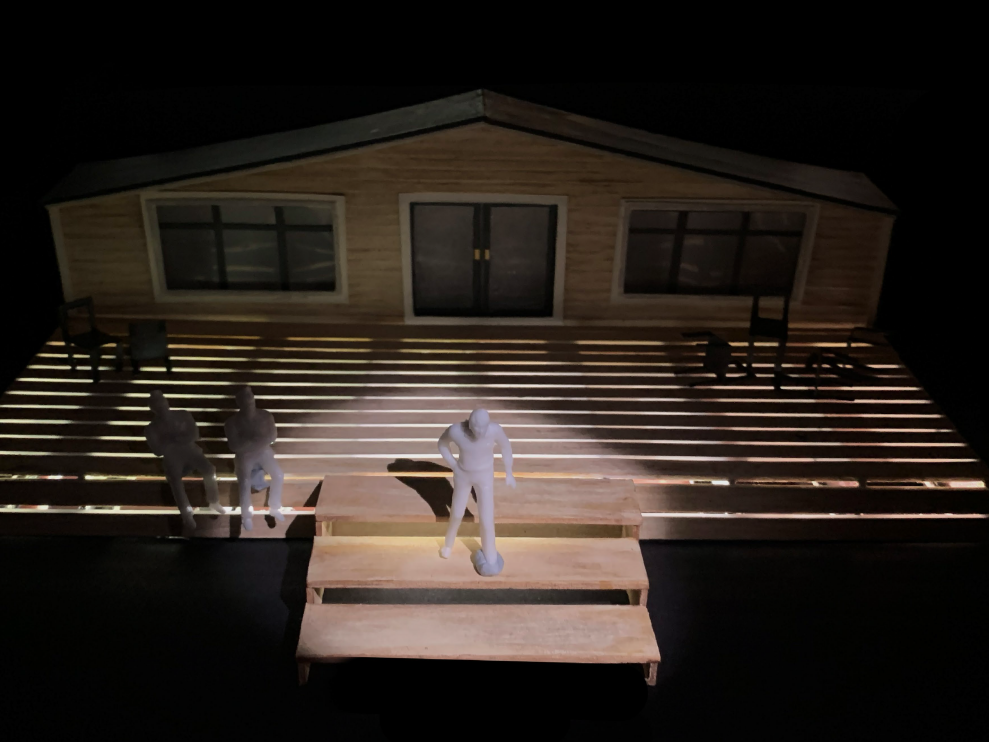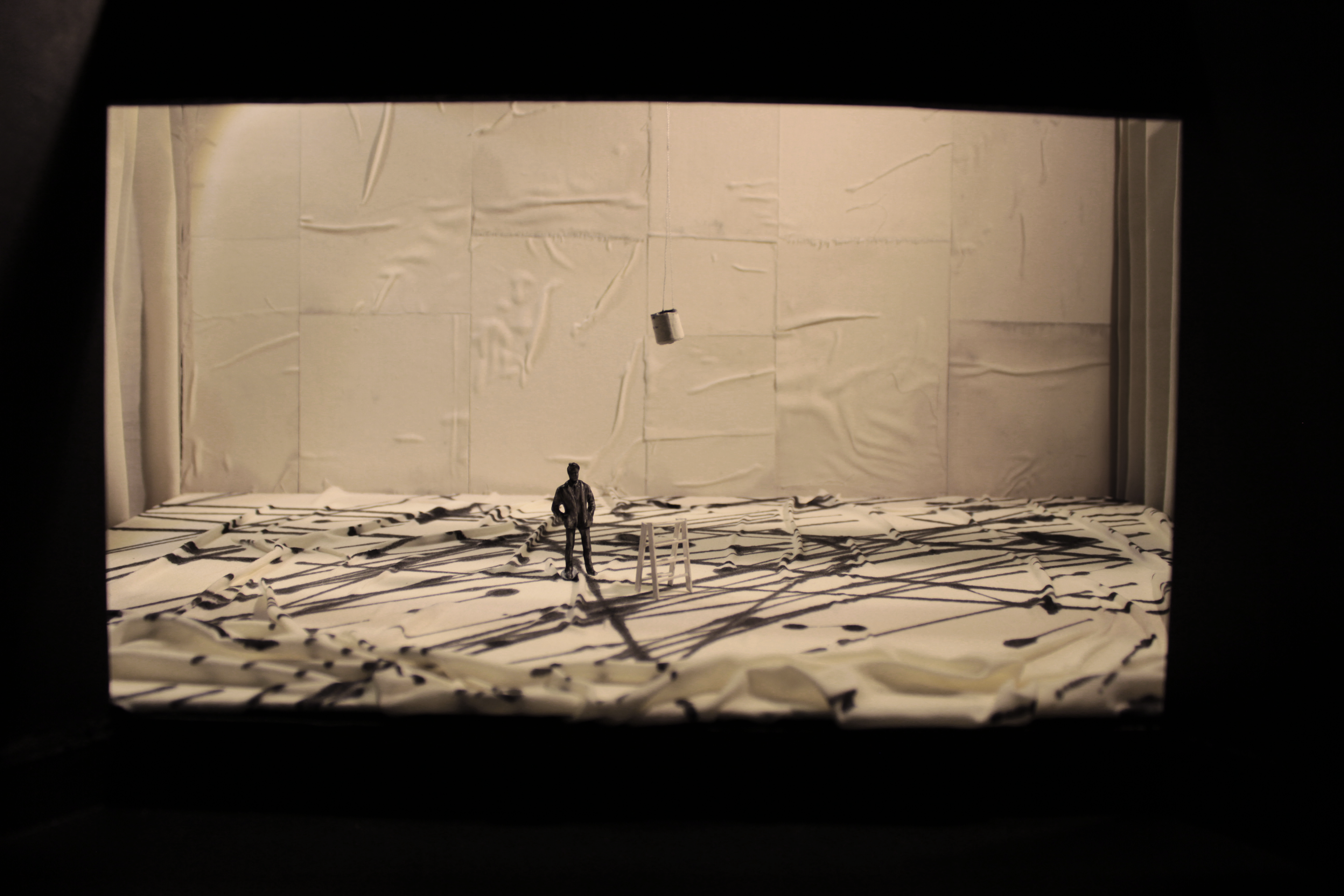
1:50 Scale Model - Act 1 Scene 1
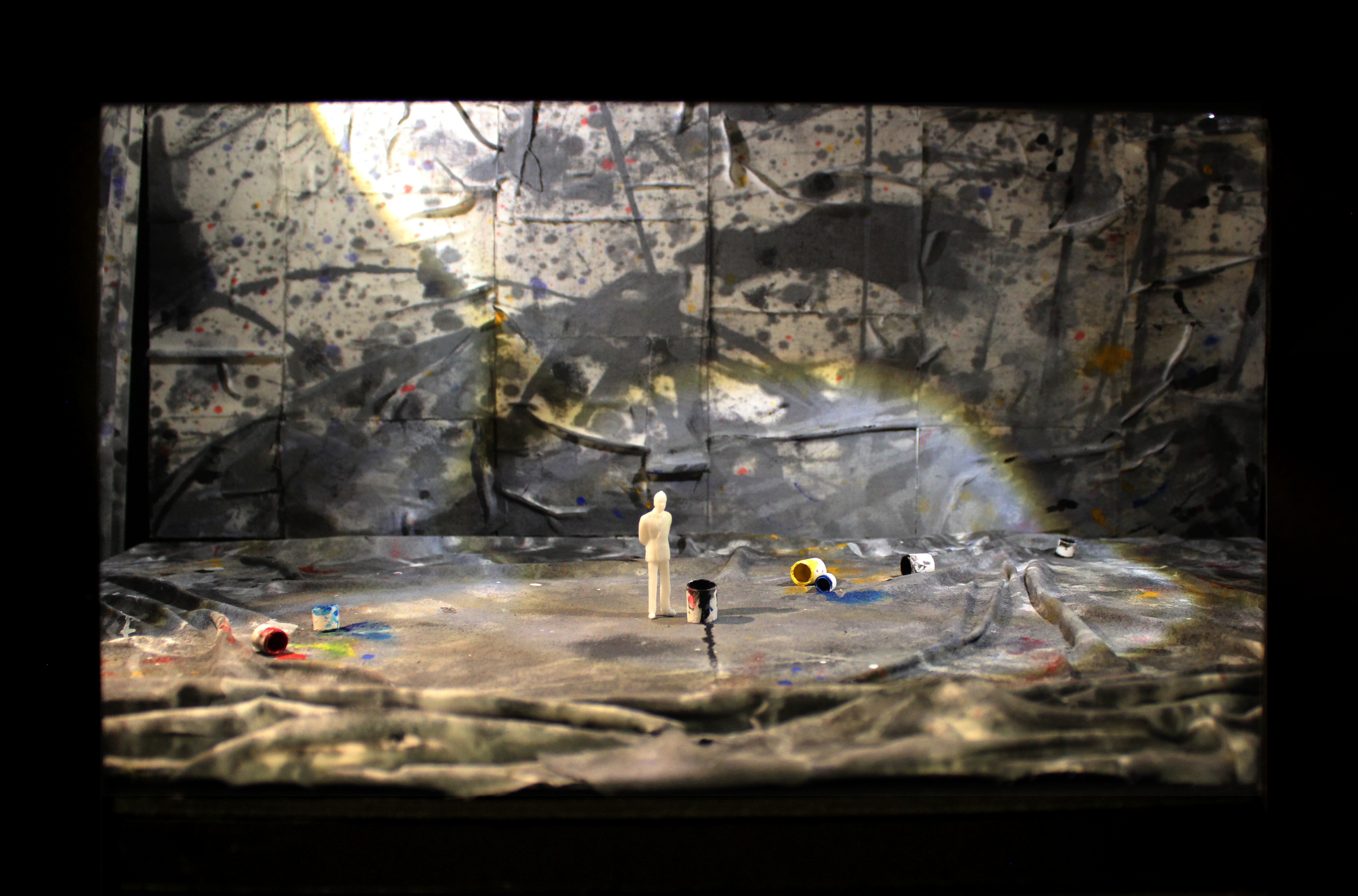
1:50 Scale Model - Epilogue
What’s set in motion stays in motion unless acted upon by an unbalanced force.
In my design, the world of ‘The Tempest’ is set into motion from Prospero’s first swing of a paint bucket, materialising the beginning of the transformational storm. He transforms the blank canvas that inaugurates the play into a mural, ultimately placing him as the creator of this world.
For the first and last time in Shakespeare’s oeuvre, the artist assumes the role of the hero and protagonist, with his primary meditations, choices, and conduct framed within the context of his craft. The artist, Prospero, incessantly applies paint onto the canvas - this action serving as a dynamic element that illustrates the transformation of the metaphorical island. The permanence of the paint emphasises the lasting impact of the character’s actions, echoing the play’s irrefutable sense of finality. The wet paint is also subject to manipulation by the other characters, who, like an 'unbalanced force,' disperse the paint haphazardly, disrupting Prospero's artistic intent.
As much of Prospero’s art involves his work as a dramatist, the motion of painting the world with his entire body serves to acknowledge the play’s inherent theatricality.
The design relegates the other characters to the position of muses in Prospero's art. From the Machiavellian tyrant to the fool, the characters wear plain, austere clothing, made of natural fibres, making them akin to the canvas themselves. In this way, they become vessels of Prospero's artistry, susceptible to both its benevolent and malevolent potential. Prospero's forgiveness towards those who wronged him only occurs after he has repainted them according to his own flawed moral perspective. This is visibly portrayed as, by the play's end, the characters are covered in Prospero's paint.
Costume Renderings


